Nicolas Cornet has spent three years visiting more than 30 old pagodas across Vietnam to complete his photo book “Vietnam Pagodas”.
The French photographer first came to Vietnam in 1987 to take photos for his friend who was working on a book about Vietnam. The special attraction of Vietnam’s culture and its people urged Nicolas Cornet to return to this country many times after his first trip.
Vietnam was so attractive to him that Cornet moved to work in Ho Chi Minh City and became a son-in-law of Vietnam.
Cornet began his journey to explore major pagodas, temples and places of worship in Vietnam in 2014. He traveled from the North to the South for three years to study the architecture of Vietnamese pagodas and the culture of belief in Vietnam with the help of Vietnamese friends, researchers, writers and journalists.
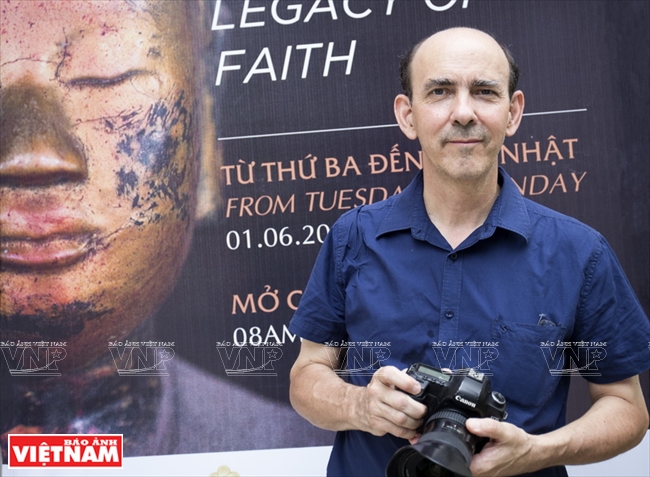
French photographer Nicolas Cornet has a special interest in Vietnam.
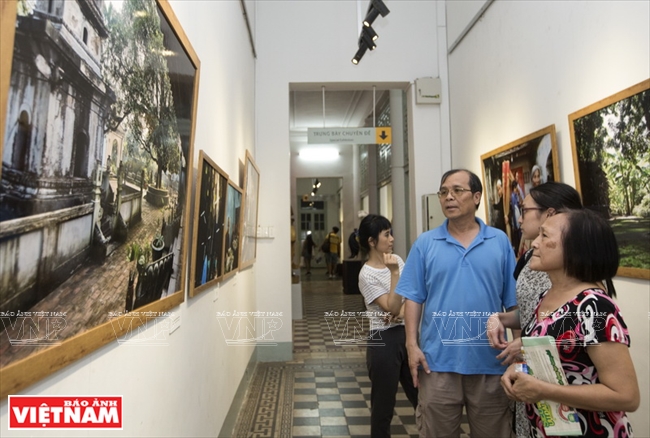
In June, Cornet displayed the photos in his book “Vietnam Pagodas” at the Ho Chi Minh City Arts Museum.
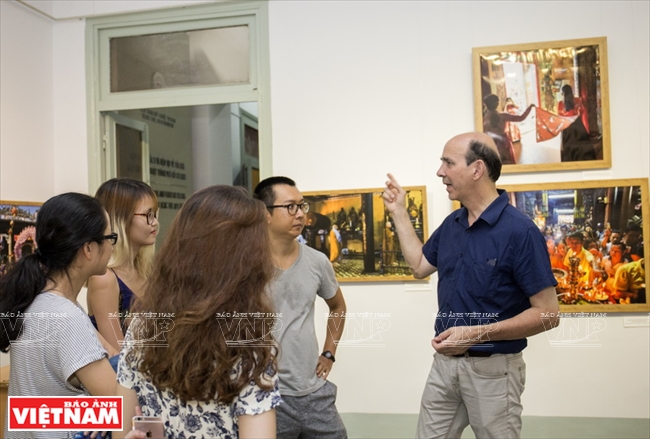
Cornet tells the audience the story of his photo book.
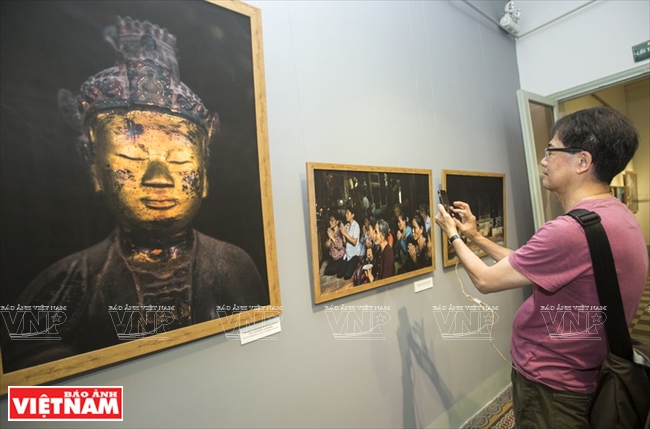
Through Cornet’s photos, the audience can learn about the pagoda culture of Vietnam.
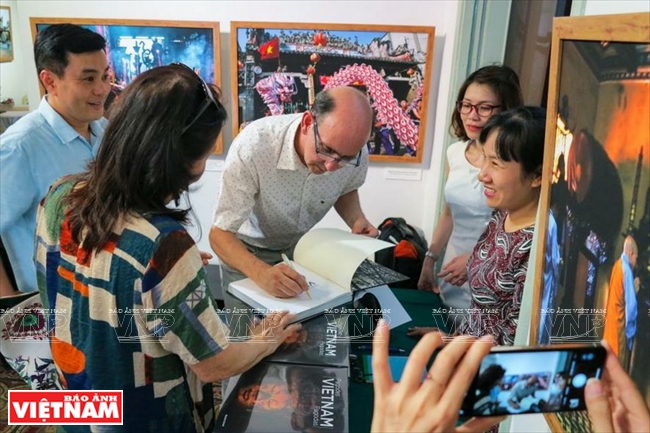
Cornet signs books presented to readers at the launch of “Vietnam Pagodas”. |
He decided to make a photo book about Vietnam pagodas to show the richness of Vietnamese culture. Cornet studied a lot of material about Vietnamese pagodas to get background information for his book.
“I decided to make the book to show the beautiful heritage of Vietnam’s pagodas, and to allow the next generation to remember this heritage. I wanted my children, whose mother is Vietnamese, as well as my Vietnamese friends’ children, to be able to have memories about that,” Cornet told the Vietnam News daily.
Cornet took more than 20,000 pictures of pagodas and temples across the country. For him, each photo in the book was a memory of a pagoda he had visited.
Published by the Vietnam News Agency Publishing House, Cornet’s 250-page book consists of five chapters, featuring traditional pagoda architecture, artistic details, the daily life of the monks and people gathering for worship, and ceremonies.
The first and second chapters are about the beginning of Buddhism in Vietnam and its old pagodas and temples in the North.The third chapter centers on Hue, considered a Buddhist center in Vietnam, and Hoi An in the central region. The fourth chapter introduces pagodas in Ho Chi Minh City, and the last chapter highlights Khmer pagodas in the Mekong Delta.
Some photos in Cornet’s book “Vietnam Pagodas”:
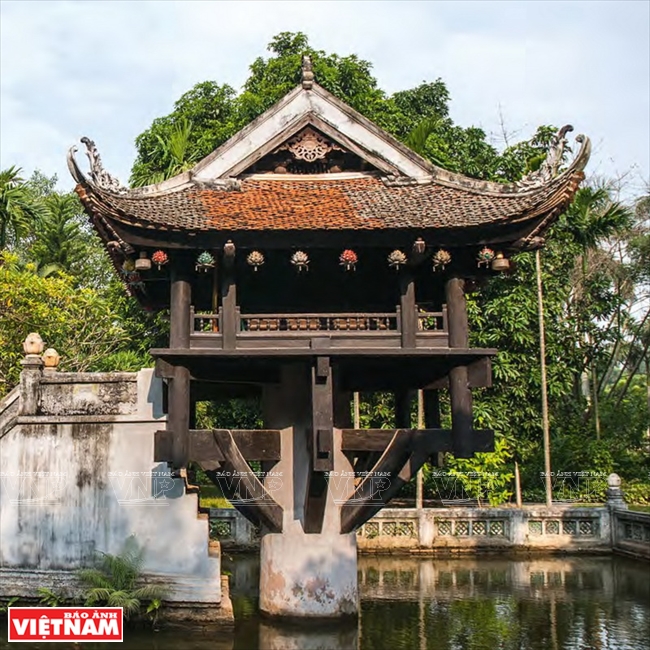
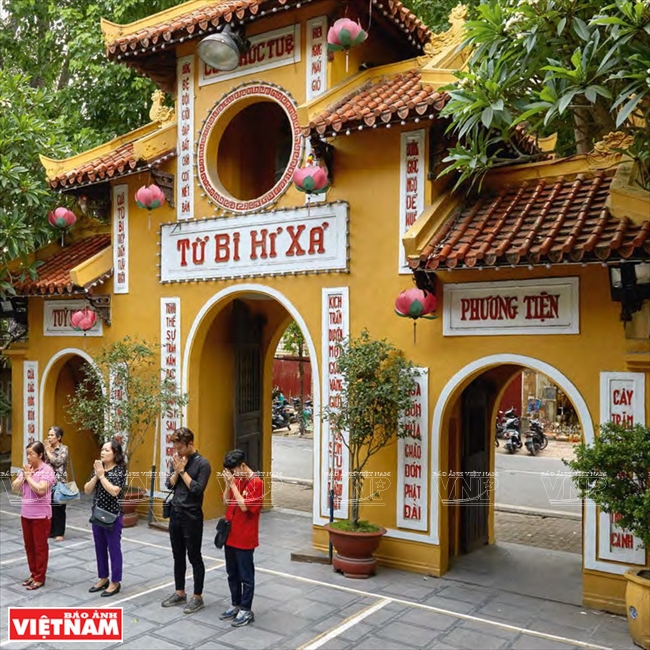
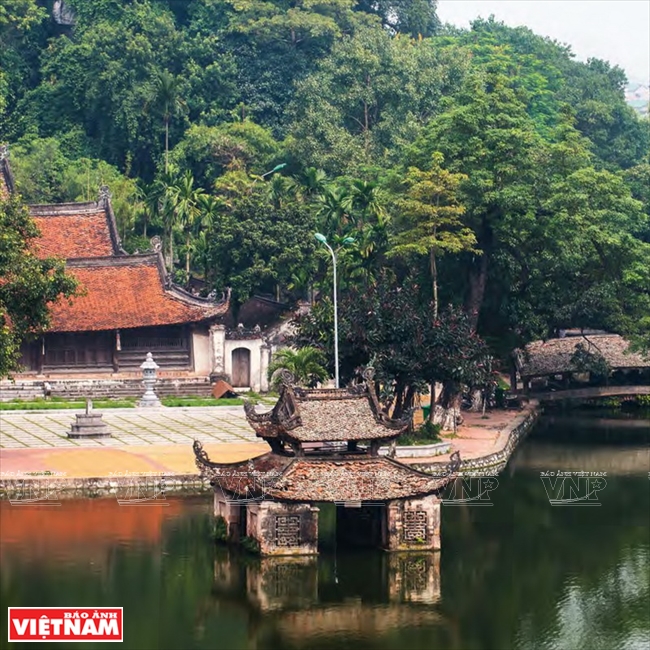
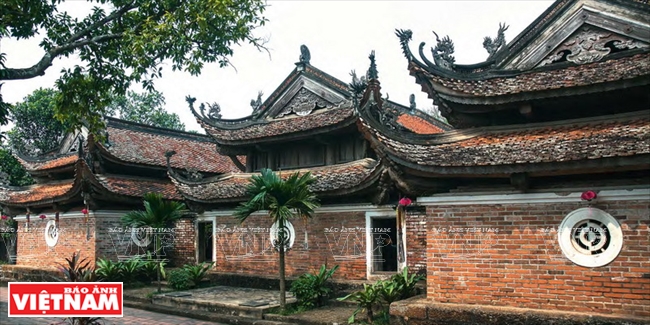
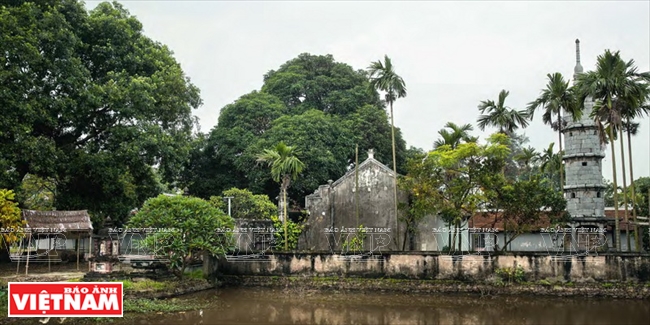
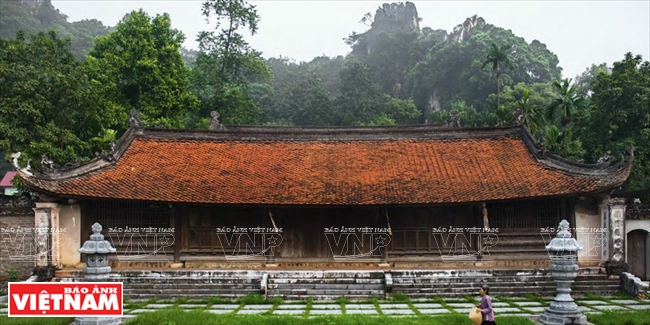
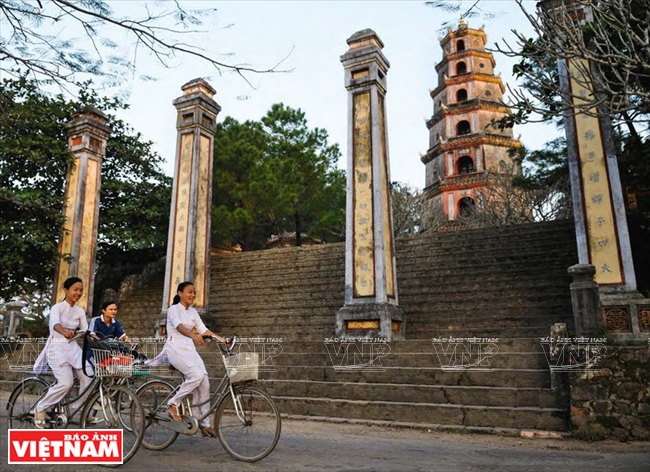

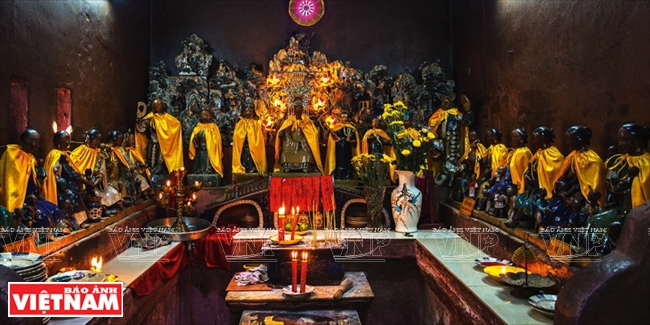
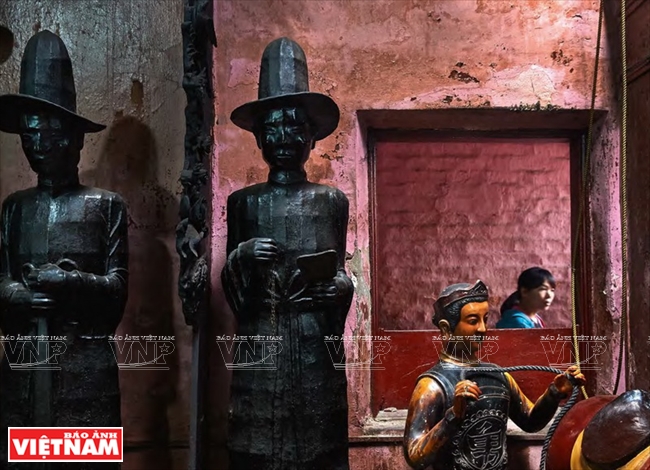
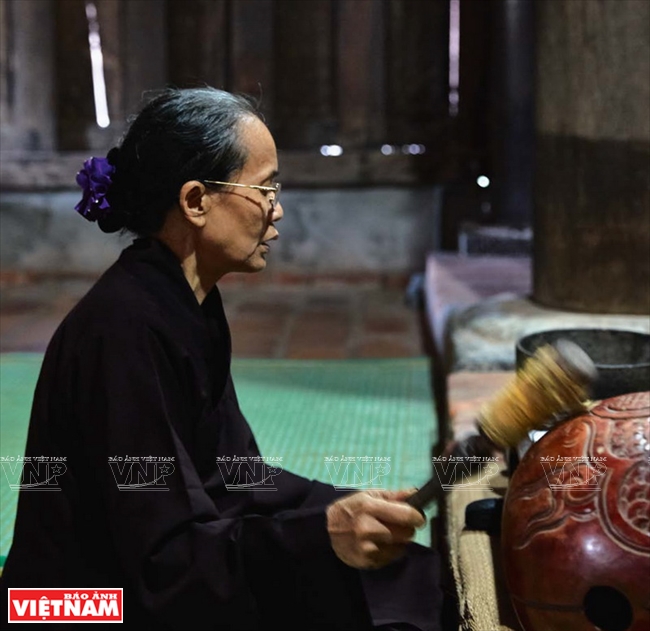
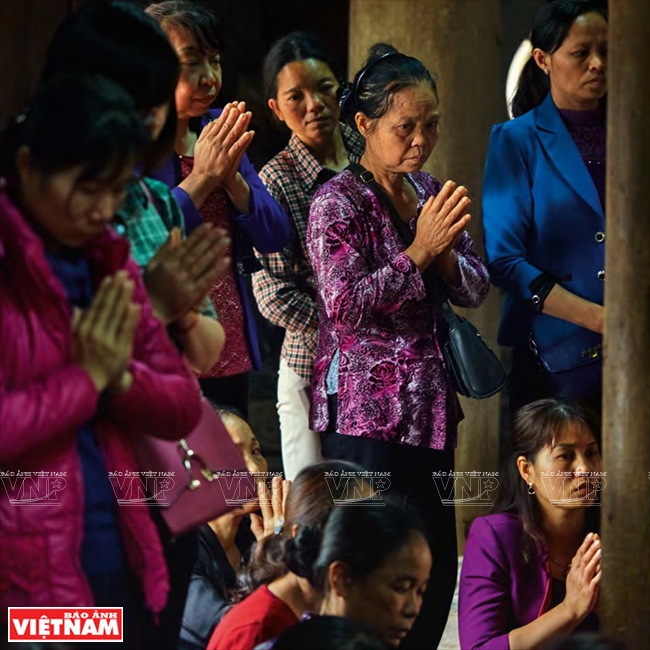 |
Nicolas Cornet started to get acquainted with the camera when he was 12. At the age of 19, he studied photography. Cornet worked for newspapers and magazines such as L’esporesso, Mare, Le Monde, D-La Repubblica, and Siette Leguas.
As an art director and curator, Cornet has organized several photo exhibitions and events in France, Germany, Switzerland, Thailand, Indonesia and Vietnam, and conducted photo workshops and photojournalism courses.
Cornet plans to hold an exhibition of the photos featured in the bilingual English-French book “Vietnam Pagodas” in November and publish this book in Vietnamese next year.
Story: Ngan Ha & Hong Ha - Photos: Thong Hai & Files